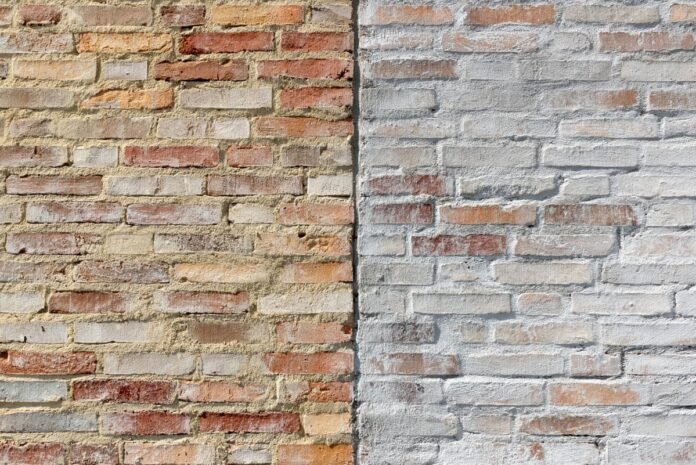Chipperen, a relatively new technique in the world of construction and architecture, has rapidly gained popularity for its unique aesthetic appeal and durability. Derived from the name of renowned architect David Chipperfield, who pioneered this method, chipperen involves applying a special mortar to a brick or stone facade, creating a distinctive, textured finish. This article delves into the intricacies of chipperen, exploring its origins, application process, benefits, and considerations.
Understanding Chipperen
Chipperen is essentially a decorative finishing technique applied to brick or stone walls. Unlike traditional rendering or plastering, which completely covers the underlying material, chipperen allows parts of the brick or stone to show through the mortar. This creates a visually interesting interplay of colors and textures, resulting in a sophisticated and modern look.
The process involves applying a thin layer of specially formulated chipper mortar to the wall surface. The mortar is typically applied with a trowel, and the excess is removed to reveal the desired amount of underlying material. The choice of mortar color and the thickness of the application significantly influence the final appearance of the wall.
The Origins of Chipperen
The concept of chipperen emerged in the early 2000s when architect David Chipperfield employed this technique on two projects in Berlin. The innovative approach caught the attention of the construction industry, and soon, chipperen became a sought-after finishing option. Its ability to enhance the character of brick and stone facades while providing weather protection made it a popular choice for both new and renovated buildings.
Benefits of Chipperen
Chipperen offers a range of advantages:
- Aesthetic appeal: The unique combination of brick or stone and mortar creates a visually striking and contemporary look.
- Durability: Chipperen provides excellent weather protection, safeguarding the underlying masonry from harsh elements.
- Versatility: It can be applied to various types of brick and stone, offering flexibility in design.
- Low maintenance: Once cured, chipperen requires minimal upkeep.
- Improved insulation: The mortar layer can contribute to enhanced thermal insulation.
The Chipperen Process
The chipperen process involves several key steps:
- Surface preparation: The wall surface must be clean, dry, and free from loose debris. Any cracks or imperfections should be repaired.
- Primer application: A primer may be applied to improve adhesion and enhance the mortar’s performance.
- Mortar preparation: The chipper mortar is mixed according to the manufacturer’s instructions.
- Application: The mortar is applied evenly to the wall using a trowel. The thickness of the layer depends on the desired effect.
- Texturing: The excess mortar is removed to reveal the underlying brick or stone. Various texturing techniques can be employed to achieve different finishes.
- Curing: The mortar is allowed to cure completely before exposure to water or harsh weather conditions.
Design Considerations
When considering chipperen for a project, several factors should be taken into account:
- Brick or stone type: The color and texture of the underlying material will significantly influence the final appearance.
- Mortar color: The choice of mortar color can dramatically impact the overall look. Lighter colors tend to create a more modern feel, while darker colors offer a more traditional aesthetic.
- Texture: The desired level of exposure of the brick or stone will determine the texturing technique used.
- Climate: The local climate should be considered when selecting the mortar to ensure its suitability for the weather conditions.
Chipperen and Sustainability
Chipperen can contribute to sustainable building practices in several ways:
- Preservation of existing materials: By enhancing the appearance of old brick or stone, chipperen can help preserve historic buildings.
- Energy efficiency: Improved insulation can reduce energy consumption.
- Low maintenance: The durability of chipperen minimizes the need for frequent repairs and replacements.
Conclusion
Chipperen has emerged as a popular and versatile technique for enhancing the appearance of brick and stone facades. Its combination of aesthetics, durability, and low maintenance makes it an attractive option for both residential and commercial projects. By understanding the process and considering the various design options, homeowners and architects can achieve stunning results with this innovative finishing technique.

